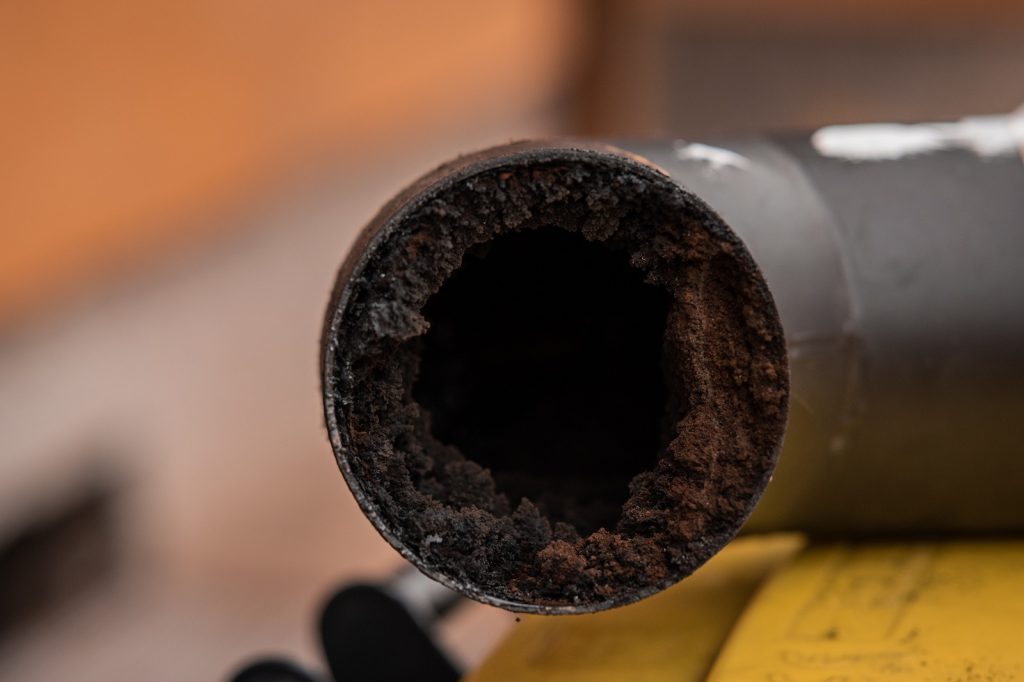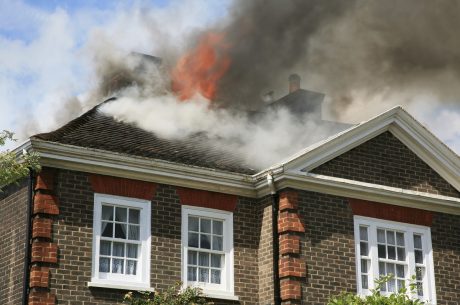Wood stoves are an alternative heating source that can provide comfort and warmth during winter. However, using wood stoves also presents risks, such as accidental fires and carbon monoxide poisoning. Proper use of wood stoves can help to significantly reduce the chances of a fire breaking out in your home.
Choosing the Right Wood Stove
Certified Models: Importance of Choosing Certified Wood Stoves
When selecting a wood stove, it’s vital to choose a certified model to ensure wood stove safety and efficiency. Certified wood stoves meet stringent environmental and safety standards, typically set by the Environmental Protection Agency (EPA) in the United States. These stoves are designed to burn wood more cleanly and efficiently, reducing the emission of harmful particulates and pollutants.
Using a certified wood stove not only helps protect the environment but also improves indoor air quality, making your home healthier and safer. Certified models are engineered to maximize combustion efficiency, producing more heat with less wood. This efficiency translates to cost savings on fuel and less frequent wood replenishment.
Moreover, certified stoves often feature advanced technologies that enhance safety and reduce the risk of creosote buildup, which is a common cause of chimney fires, thereby significantly enhancing overall wood stove safety.
Size and Capacity: Ensuring the Stove is Appropriate for the Space
Selecting the right size and capacity for your wood stove is essential for effective heating and maintaining wood stove safety. A stove that is too small won’t adequately heat your space, resulting in inefficiency and higher fuel consumption. Conversely, an oversized stove can overheat the room, leading to discomfort and wasted energy.
To choose the appropriate size, consider the square footage of the area you want to heat and the quality of insulation in your home. Manufacturers typically provide guidelines on the heating capacity of their stoves, often measured in BTUs (British Thermal Units) or the square footage they can effectively heat.
For example, a stove rated for 1,000 square feet is suitable for small to medium-sized rooms, while larger models are necessary for spaces up to 2,500 square feet or more.
Properly sizing your wood stove ensures efficient operation and minimizes risks associated with overheating or underheating. It also contributes to better air circulation and even heat distribution throughout your home. Consulting with a professional can help you accurately assess your heating needs and select a stove that aligns with wood stove safety standards.
Installation Guidelines: Professional Installation vs. DIY
Proper installation of your wood stove is crucial for optimal performance and wood stove safety. While some homeowners may consider a DIY installation, hiring a professional is generally the best approach. Professional installers are trained to adhere to all local building codes and manufacturer guidelines, ensuring your stove is installed safely and correctly.
A professional installation includes several critical steps:
- Placement: Ensuring the stove is located at a safe distance from combustible materials.
- Ventilation: Properly installing the chimney or flue system to vent smoke and gases outside.
- Inspection: Checking the condition of the chimney or flue and ensuring it is compatible with the new stove.
- Hearth Protection: Verifying that the hearth or floor protection meets safety standards.
Improper installation can lead to serious hazards, such as fire or carbon monoxide poisoning. Therefore, following wood stove safety guidelines and local codes is essential. If you decide to install the stove yourself, meticulously follow the manufacturer’s instructions and seek guidance from professionals or local authorities if needed.
Whether you choose professional installation or DIY, prioritizing safety and compliance with regulations is key to enjoying the warmth and coziness of your wood stove safely. A well-installed wood stove not only provides efficient heating but also ensures the safety and well-being of your household.
Wood Stove Safety Tips to Follow
Safe Placement
Place your wood stove on a non-combustible floor pad to protect your flooring and reduce the risk of fire. The stove should be positioned at least three feet away from walls, furniture, curtains, and other flammable materials. This clearance distance helps prevent accidental fires and allows for adequate air circulation around the stove. Similarly, make sure to keep anything that can burn, such as newspapers, kindling, and clothing, at least three feet away from the stove.
Use the Right Fuel
Burn only dry, seasoned wood, such as maple, beech, ash, hickory, or oak. Seasoned wood burns more efficiently and produces less creosote, a flammable byproduct that can accumulate in your chimney. Avoid burning green wood, cardboard, or trash, as these can cause excessive creosote buildup and release harmful chemicals.
Avoid Flammable Liquids
Never use gasoline, charcoal starter fluid, or other flammable liquids to start your fire or to increase its intensity. These substances are highly volatile and can cause dangerous explosions or flare-ups. Instead, use dry kindling and newspaper or a commercially available fire starter to ignite your wood stove.
Safe Wood Storage
Store your wood safely in a dry place, protected from the elements, such as under a shed or tarp. Proper storage keeps the wood dry and ready for burning. Additionally, keep the woodpile away from heat sources and your home’s exterior walls to reduce fire risks.
Supervise Children and Pets
Always supervise children when a wood stove is in use. Teach them to stay at least three feet away from a hot stove to prevent burns and accidents. Similarly, keep pets away from the stove to avoid injuries and potential fire hazards.

Install Smoke and CO Alarms
Ensure your home is equipped with smoke and carbon monoxide (CO) alarms. Install these alarms outside each bedroom and on every level of the home. Interconnect all smoke and CO alarms throughout your house, so when one sounds, they all do. This interconnected system provides early warning, giving you more time to evacuate in case of an emergency. Test alarms monthly to ensure they are functioning properly.
Keep a Fire Extinguisher Handy
Keep a Class A fire extinguisher within easy reach. This type of extinguisher is effective against fires involving ordinary combustibles like wood, paper, and cloth. A portable fire extinguisher can help you quickly put out a small fire before it spreads. Ensure everyone in the household knows how to use the extinguisher correctly.
Maintenance and Cleaning
Maintaining and cleaning your wood stove is essential for ensuring wood stove safety and optimal performance. Here are some key areas to focus on:
Regular Inspection
Regularly inspecting your wood stove is vital to identify and address potential issues before they become serious hazards. Here are some steps to follow:
- Check for Cracks and Leaks: Examine the stove’s body, door, and glass for any cracks or leaks. Cracks can allow dangerous gases like carbon monoxide to escape into your home, while leaks can reduce the stove’s efficiency. If you find any damage, contact a professional to repair or replace the affected parts.
- Inspect Seals and Gaskets: Ensure that the door seals and gaskets are in good condition. Worn or damaged gaskets can lead to poor combustion and increased smoke production. Replace any gaskets that are frayed or no longer create a tight seal.
- Examine Chimney and Flue: Look for any signs of wear, rust, or damage in the chimney and flue system. These components must be in good condition to ensure proper ventilation and prevent smoke and gases from entering your home.
Regular inspections are a crucial part of wood stove safety, helping to identify and fix problems early.
Chimney Cleaning
The chimney and flue are critical components of your wood stove system. Regular cleaning is essential to maintain wood stove safety and prevent dangerous situations:

Prevent Creosote Buildup: Creosote is a byproduct of burning wood that can accumulate in the chimney. Over time, it can become highly flammable and cause chimney fires. To prevent this, have your chimney professionally cleaned at least once a year, preferably before the heating season begins.
Remove Blockages: Ensure that the chimney is free from blockages like bird nests, leaves, or other debris. These obstructions can impede airflow, causing smoke to back up into your home and increasing the risk of carbon monoxide poisoning.
Check for Structural Integrity: During cleaning, the professional should also check the chimney’s structural integrity. Look for any cracks, loose bricks, or other damage that could compromise the chimney’s safety.
Regular chimney cleaning is a key aspect of wood stove safety, reducing the risk of chimney fires and ensuring proper ventilation.
Ash Disposal
Proper ash disposal is vital for maintaining wood stove safety. Here are some safe methods for disposing of ashes:
- Cool Ashes Completely: Before disposing of ashes, make sure they have cooled completely. Ashes can retain live coals for several days, posing a fire hazard if not handled properly.
- Use a Metal Container: Place the cooled ashes in a covered metal container to prevent accidental fires. Avoid using plastic or cardboard containers, as these can easily catch fire.
- Store Safely Outdoors: Keep the metal container outside, at least 10 feet away from your home and other buildings. This reduces the risk of accidental fires caused by smoldering ashes.
- Dispose of Ashes Properly: Once the ashes are completely cool, you can dispose of them in accordance with local regulations. Some municipalities have specific guidelines for ash disposal, so be sure to check and follow them.
By following these ash disposal methods, you can maintain wood stove safety and minimize the risk of accidental fires.
Regular maintenance and cleaning of your wood stove are essential for ensuring wood stove safety. By conducting regular inspections, keeping your chimney clean, and disposing of ashes safely, you can enjoy the warmth and comfort of your wood stove while protecting your home and family from potential hazards.
For Smoke & Fire Restoration Services, Call PuroClean!
By taking these precautions, you’re ready to enjoy your wood stove during the cold winter months. For professional smoke remediation or fire damage restoration, contact us today at (207) 531-1200.




 PuroClean of Auburn
PuroClean of Auburn